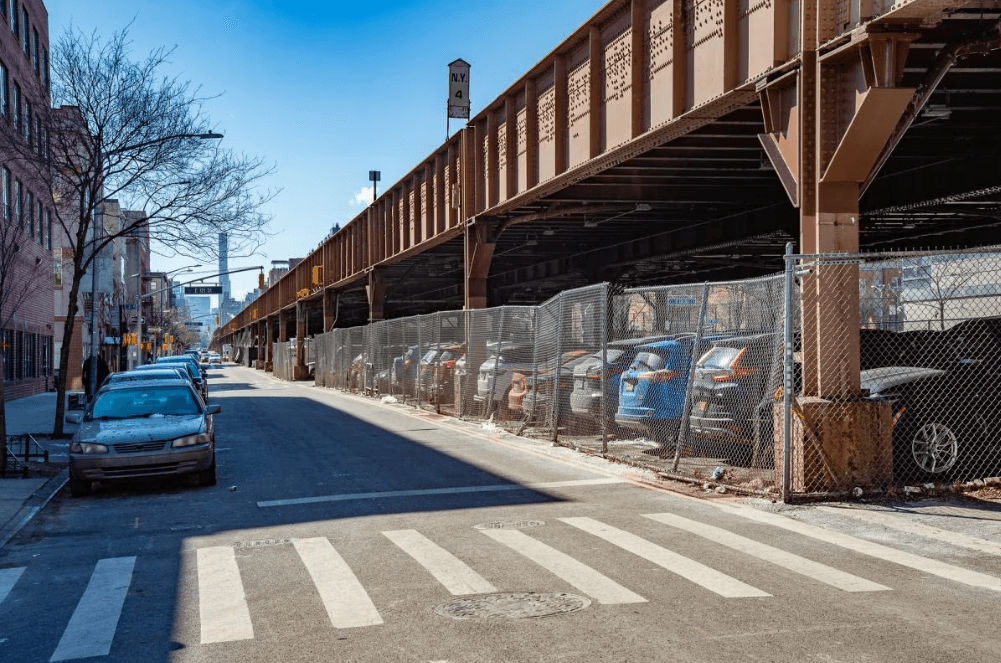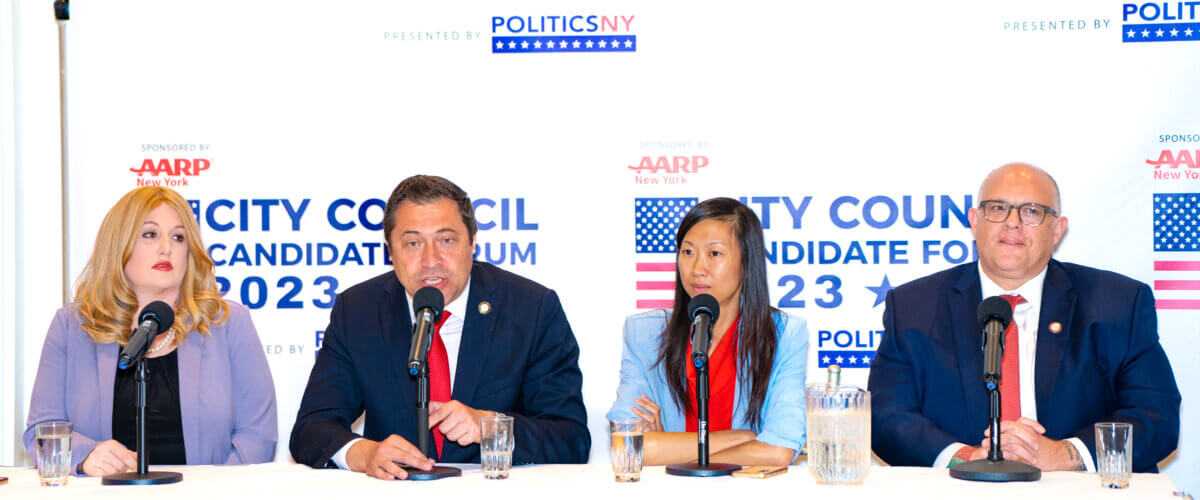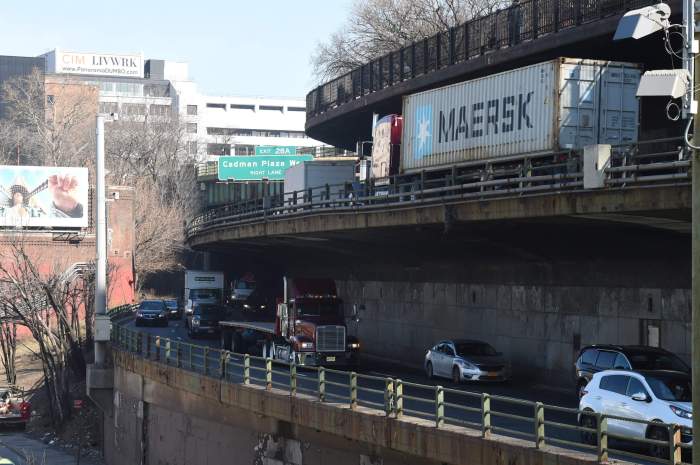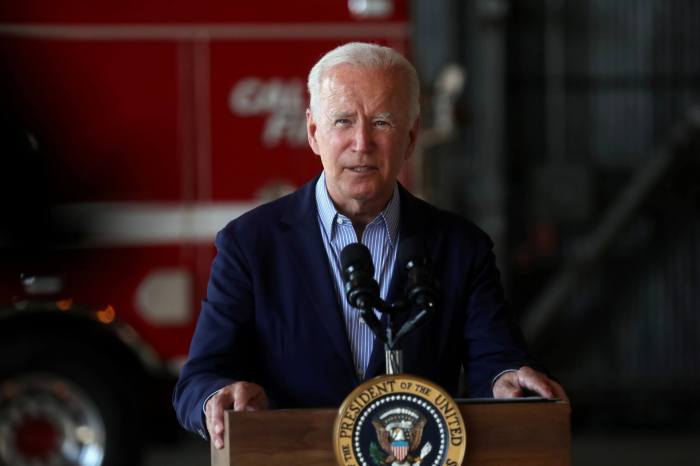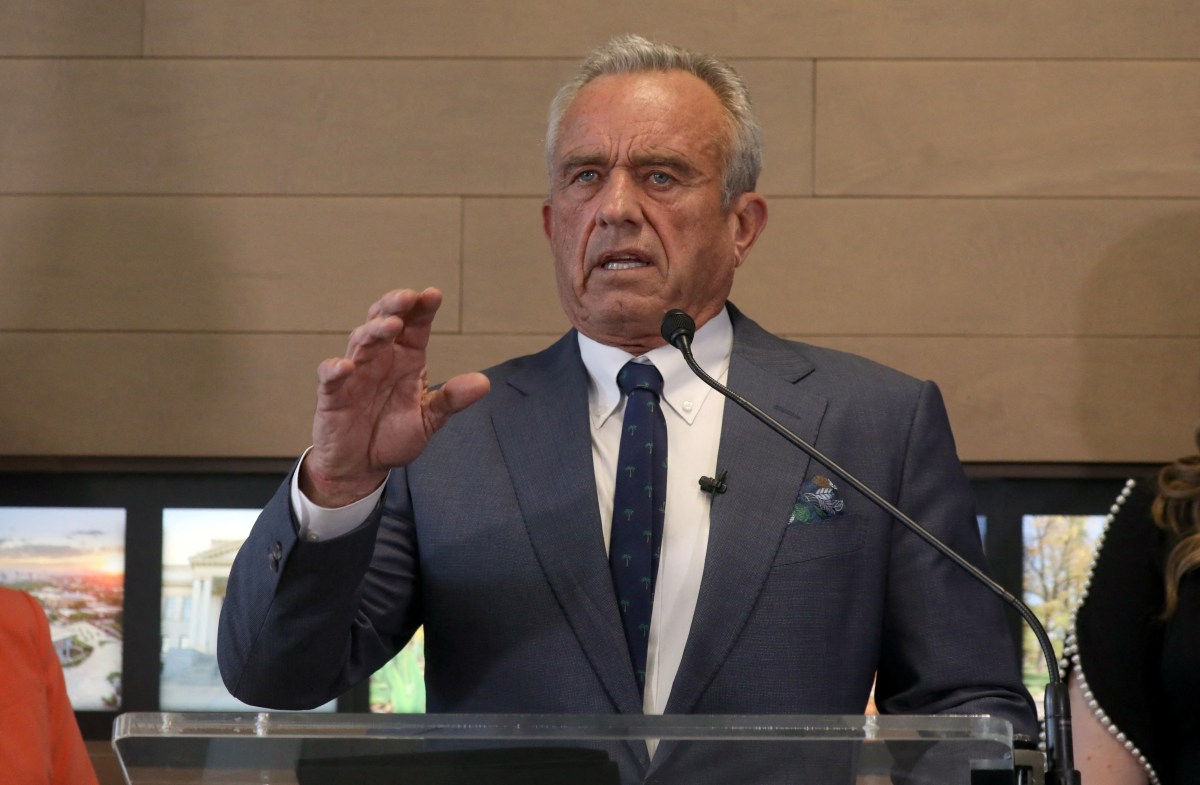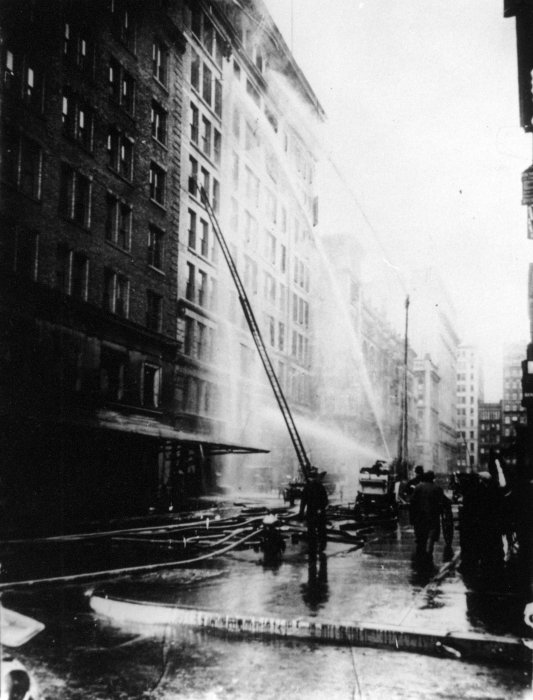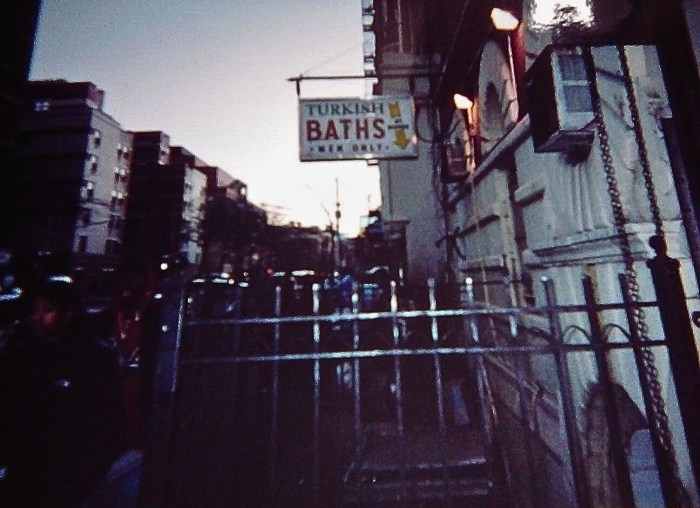Reconstruction work has kicked off on the 130-year-old Park Avenue Viaduct, which carries hundreds of Metro-North trains daily from Grand Central Terminal but is starting to show its age, Gov. Kathy Hochul announced Thursday.
Crews have begun clearing areas underneath the viaduct in East Harlem, according to the governor, to prepare the grounds for new foundations and support columns that will eventually support a new steel structure. The first phase of the project, between 115th and 123rd Streets, is expected to cost $590 million and be completed in 2026.
“Carrying hundreds of thousands of passengers every day, the Park Avenue Viaduct is a critical piece of our transportation infrastructure,” Hochul said in a statement. “This replacement is essential to providing faster and safer service to our Metro-North customers, while minimizing impact to the local community.”
The steel viaduct with four tracks, first constructed in 1893, is a critical piece of infrastructure for regional transit operations, carrying 750 Metro-North trains each day — nearly all of the railroad’s service — as they go between Manhattan and areas north of the city. Nearly every train under the Metro-North banner operates along the viaduct, which runs from 110th Street to the Harlem River
But after more than a century of service, the viaduct is “well past its useful life” and a new structure is needed to “serve the region for another hundred years,” said the MTA’s construction chief, Jamie Torres-Springer.

The approach to Grand Central above and below ground is one of the most closely watched pieces of infrastructure in the MTA’s $1.5 trillion portfolio, with potentially devastating consequences should any part of it fail in the coming years.
South of 96th Street, the underground tunnel approach and the complex “shed” sorting trains to platforms at Grand Central are also over a century old. They are buckling under the weight of buildings and vehicles above ground, as well as from water infiltration and corrosion.
The MTA portrayed the Grand Central approach as one of its most pressing infrastructure needs to address in its recent “20-Year Needs Assessment.”
Following foundation work in East Harlem, the MTA expects to commence reconstruction of the structure itself by the middle of next year, with work projected for completion by 2026. The lion’s share of the financing, about $500 million, will come from the federal government.
The initial phase of the work will require the removal of some parking spaces and businesses under the viaduct, while later structural work will necessitate occasional reduction of service to just two of the four tracks.
The MTA says that the redesigned viaduct will be painted in a more pleasing color palette, and will incorporate design elements to reduce noise and vibrations underhand that have long kept neighbors awake. A new mural will also be painted on the viaduct at 116th Street.
Work is set to commence on the next phase of the project, between 127th and 131st Streets, in the coming years.
Read more: Columbus Day Parade Guide: Manhattan Street Closures



